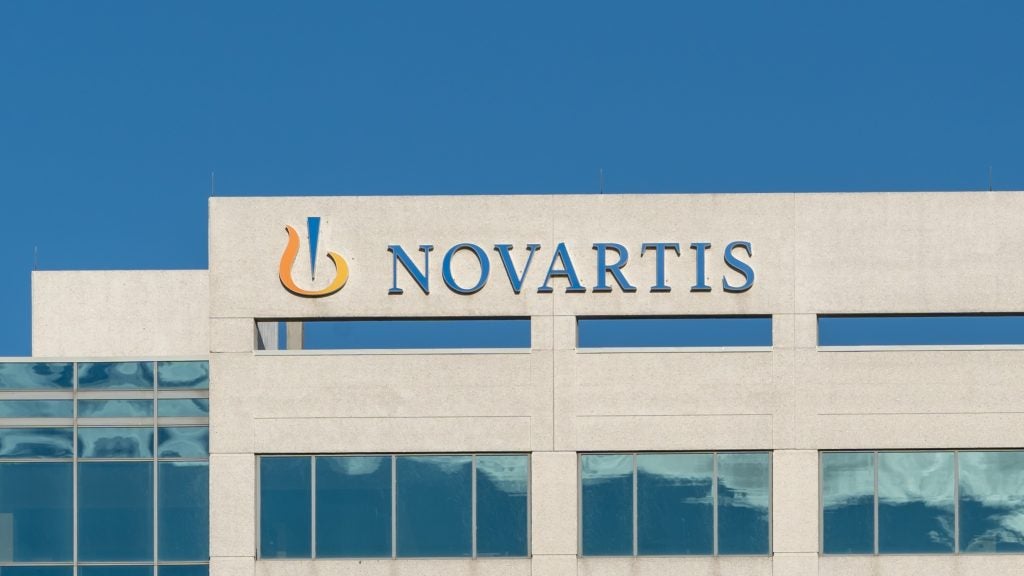
Celgene has received approval from the US Food and Drug Administration (FDA) to expand the existing indication for Revlimid (lenalidomide) in combination with dexamethasone to include patients newly diagnosed with multiple myeloma (NDMM).
In June 2006, Revlimid plus dexamethasone was approved for use in multiple myeloma patients who have received at least one prior therapy.
Celgene global haematology and oncology president Jacqualyn Fouse said: "At Celgene, we are very happy with the FDA’s decision, which adds information on the use of Revlimid plus dexamethasone as a first-line treatment for multiple myeloma to the prescribing information."
The approval was based on safety and efficacy results from phase III trials, including the First trial (MM-020/IFM 07-01).
The trial assessed continuous Revlimid in combination with dexamethasone (Rd Continuous) until disease progression versus melphalan, prednisone and thalidomide (MPT) for 18 months as the primary analysis, and a fixed duration of 18 cycles of Rd (Rd18) as a secondary analysis, in 1,623 newly diagnosed patients who were not candidates for stem cell transplant.
See Also:
The length of time a patient lives from study randomisation to disease progression or death was the trial’s primary endpoint in the randomised open-label, three-arm trial and median progression-free survival (PFS).
How well do you really know your competitors?
Access the most comprehensive Company Profiles on the market, powered by GlobalData. Save hours of research. Gain competitive edge.

Thank you!
Your download email will arrive shortly
Not ready to buy yet? Download a free sample
We are confident about the unique quality of our Company Profiles. However, we want you to make the most beneficial decision for your business, so we offer a free sample that you can download by submitting the below form
By GlobalDataAccording to Celgene, PFS was significantly longer for patients receiving Rd Continuous (25.5 months) than for those treated with MPT (21.2 months).
Currently, the company has an application under review with the European Medicines Agency (EMA) for approval to use Revlimid to treat adult patients with previously untreated multiple myeloma who are not eligible for transplant.
In the US, Revlimid received approval in combination with dexamethasone to treat patients with multiple myeloma.
It is also approved in combination with dexamethasone to treat patients with multiple myeloma who have received at least one prior therapy in around 70 countries in Europe, the Americas, the Middle East and Asia.
Image: Histopathological image of multiple myoloma. Photo: courtesy of KGH.





